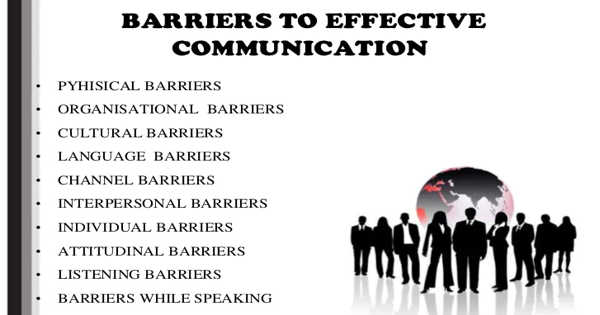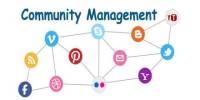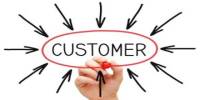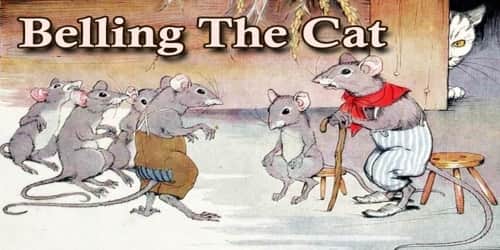There are numerous communication barriers that can arise at any stage of the communication process. Barriers may cause your message to become distorted, wasting both time and/or money by causing confusion and misunderstanding.
Certain obstacles can sometimes obstruct communication, making it less useful for both the sender and the receiver. These barriers are divided into three categories. Let us look at these in more detail below:
Barriers Involving Words
Words are essential in the communication process. Miscommunication can occur when there is a disruption or distraction in the way a message is delivered. The following are the various types of communication barriers associated with words:
- Language: It serves as a means of communication. It will be difficult for the receiver to understand the message if the sender uses too many technical terms.
- Ambiguity and Excessive Use of Abstractions: Even if the message is presented in a non-realistic or ambiguous context involving many concepts, the receiver will not be able to connect with the idea properly.
- Disorganized Message: When words are not organized systematically to form a powerful message, its efficiency and meaning are lost.
- Information Overload: When a person speaks for an extended period of time, the effectiveness of communication suffers. As a result, the receiver will become exhausted and will be unable to keep track of everything that is conveyed.
Barriers Involving People’s Background
People come from various backgrounds, such as culture, education level, gender, and so on. These characteristics have a significant impact on the efficiency of the communication process. It entails the following related challenges:
- Attitudinal Distinctions: When people have formed their opinions on a particular topic, they can be resistant to understanding or changing their minds. Their demeanor interferes with the communication’s goal.
- Demographic Differences: Differences in age, generation, gender, status, tradition, and so on cause a lack of understanding among people and thus impede communication.
- Lack of Common Experience or Perspective: A person’s experiences shape their perspective of seeing things in a certain way. This viewpoint differs from person to person. As a result, a receiver may find it difficult to relate to the sender’s experience or viewpoints because he has never gone through it himself.
- Jumping to Conclusions: Some people lack the patience to listen to others and frequently jump to conclusions in the middle of a conversation, ignoring the message’s motivation.
Physical Barriers
These barriers can be experienced directly but are challenging to overcome. These include:
- Physical Distance: When people communicate over long distances, they miss out on the nonverbal aspect of communication because the receiver’s gestures and expressions cannot be interpreted.
- Noise: Unwanted noise in the environment or communication system can disrupt the communication process, making it inefficient.
- Physiological Barriers: One of the most common barriers to effective communication is the people involved’s physical disability. Some of these include hearing loss, poor eyesight, stammering, and so on.
As a result, we can say that the important purpose of communication is to convey information to the receiver in such a way that it retains its significance. Simultaneously, the message must be received in its purest form.
















